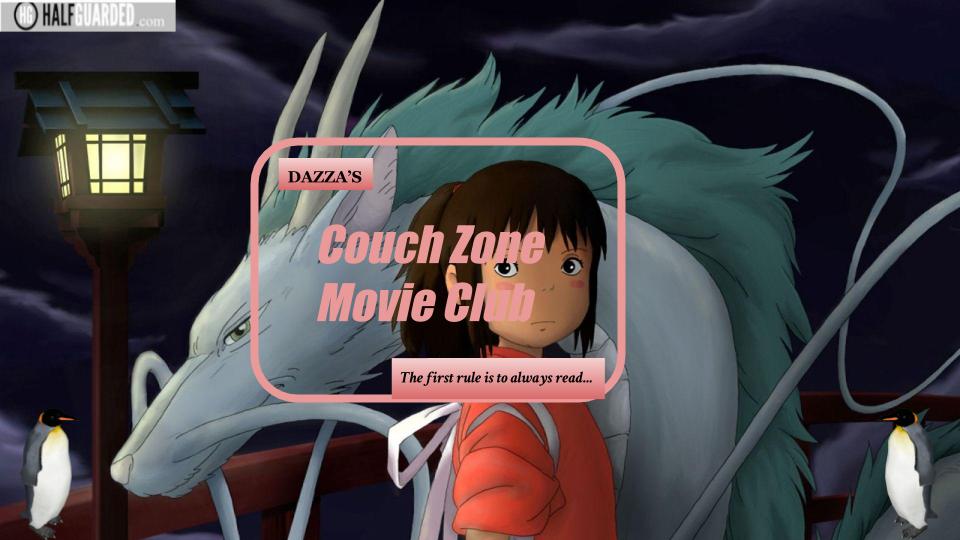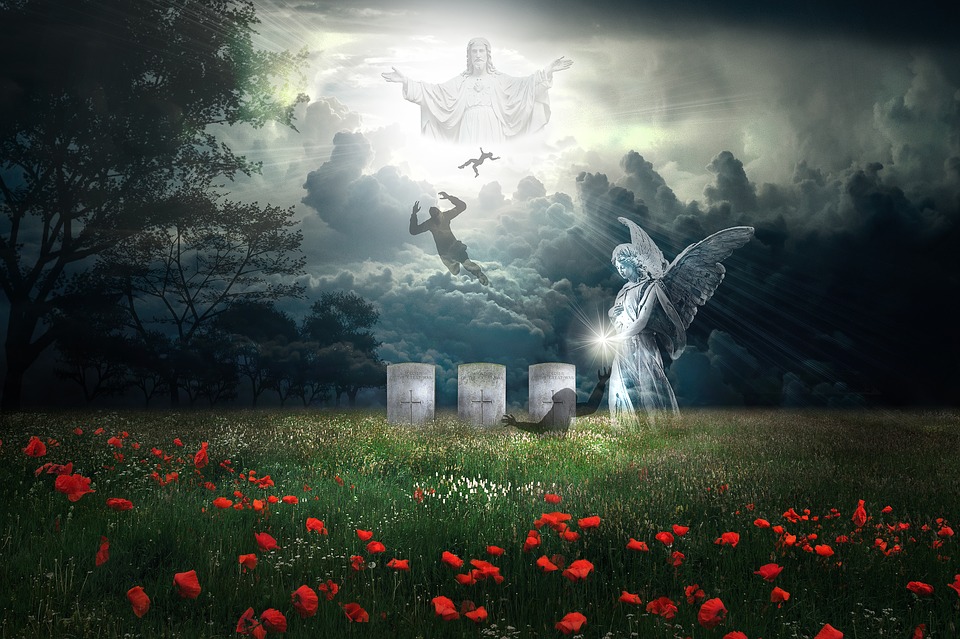Here we go kiddies another shameless display of me kissing the arse of four films I love.
As always I pick four movies I love, one being from the last ten years, one filmed in black and white, one a foreign language film and the other generally a free choice that could be cult, forgotten classic or a lesser known movie.
The Long Good Friday (1980)

I’m sure I was way too young the first time I saw The Long Good Friday. I specifically remember walking around the playground at junior school (so I’d be twelve at the most) saying
“I’ve treated you boys well, even when you was out of order!”
and
“The Mafia? I’ve Shit em!”
As usual none of the other kids knew what the hell I was talking about. But more fool them, because I’d seen what many people call “The Greatest British Gangster flick of all time!”
I’d go further than that. I’d call The Long Good Friday the greatest British movie of all time.

The Long Good Friday follows Harold Shand, a gangster who rules the London Underworld, has the police in his pocket and is about to realise on his dream, a deal to bring the American Mafia to Britain as partners in his redevelopment of the capital’s docklands. It should be his finest hour but as Mafia representatives visit his empire comes under attack, his best friend is murdered and his businesses targeted by bomb attacks. As his world crumbles Harold attempts to track down those responsible and finds he is unwittingly in a feud with the IRA.
The Long Good Friday has a mix of gritty realism with it’s violence and a subtle glamour with the riches and power on display by Harold and his gang. Harold is played masterfully by Bob Hoskins, a powerful charismatic pitbull of a figure, intelligent and ambitious but with a frightening temper that unleashes when he first learns he is under attack (he crushes a glass in his hand as he hears the news on a telephone) and stabs one of friends to death in the neck when he finds out he’s betrayed him.
Just as ruthless in her own way is Harold’s lover Victoria played by Helen Mirren a classy and astute companion who is as vital to Harold’s organisation as any of his heavies. Also making an appearance is Pierce Bronson as a silent IRA assassin.
As a kid I was intrigued by the idea of a criminal organisation run as business and it was this new face of crime through legitimate enterprise that the film tapped perfectly into. This was the start of 80’s and the emergence of Thatcherism and yuppy culture on the horizon with the corporate buying up and gentrification of areas of London a key theme.
The Long Good Friday had a rocky road to being one of the most celebrated British films to appear in cinemas. Originally the film was produced with the idea of it being a TV movie, however the television companies involved appeared to get cold feet with concerns about the violence and the appearance of the IRA as being superior to the good old British gangster. The broadcasters wanted to cut over an hour of the film and even worse were prepared to dub Bob Hoskin’s dialogue with a new actor for it’s American release.
Fortunately Handmade Films, at that time a promising British Studio owned by George Harrison that seemed on the cutting edge of recognising exciting and innovative films, stepped in and bought the film, ensuring that it would be released theatrically intact. It proved a critical and financial success on the homefront, but while reviewed well in the States was not as popular with the American filmgoers, with the cultural differences and dialect in particular being blamed for it not translating well.
The Long Good Friday is a masterpiece, retaining the signature down to earth reality of British cinema but embracing some cinematic touches that makes the film feel epic. There are inventive, unforgettable scenes such as Harold interrogating the key figures of the underworld who he has rounded up and hung upside down on meat hooks in a factory. Also there’s a dramatic and explosive shootout at a stock car racing meet between Harold’s gang and the IRA.
And of course the brillant soundtrack, with the film’s theme that accompanies Harold’s first appearance an anthem that announces Harold as a powerful and glorious but dangerous figure.
WARNING: The following contains spoilers which if you are going to watch The Long Good Friday (and you really should) you definitely should avoid for now.
But the scene that steals the film is the iconic ending, where Harold captured by the IRA and held a gunpoint by Pierce Bronson at the back of his car is driven off presumably to a grisly death. For what seems an eternity the camera zooms in on Hoskin’s face, filling the screen with his features that flash through a rage of competing emotions. Hoskins conveys Anger, fear, frustration, embarrassment, acceptance, defiance, ironic amusement and even a begrudging respect for how his captors have outplayed him all silently through his expressions. It’s an incredible performance by an actor who is finishing off undoubtedly his greatest role.
Despite this stunning finality to the film there was talk for some time of a sequel, with the idea that Harold would somehow escape or negotiate himself out of his fate. The nearest it came was in 1999 when Handmade was sold and the new owners attempted to exploit the studio’s properties from it’s glory days for a number of sequels (Time Bandits 2 was also attempted). Hoskins was initially keen to return to the role with the idea being an exiled Harold returning to London to take back his throne from the new breed of violent gangs that run crime in the 21st century. However Hoskins lost interest and the project died.
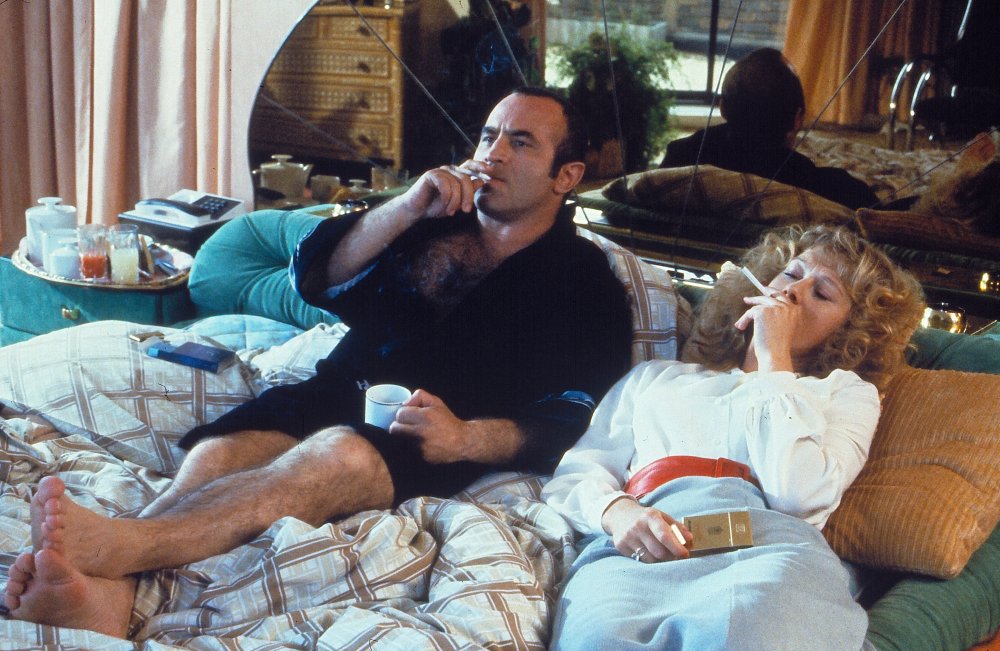
Fail Safe (1964)

It’s 1964, a time when the world was holding it’s breath with the two superpowers staring across the world at each other, their fingers hovering over the buttons controlling thousands of nuclear missiles aimed at the other side. That’s the backdrop where we find Fail Safe a Sidney Lumet film where a false alarm over an incursion into American airspace leads to a computer glitch that accidentally sends a “Go” order to a squadron of American bombers to launch a nuclear strike on Moscow.
The bombers pass the point of no return and adhere to their protocol in refusing to turn back (even ignoring the pleas of their families who they are trained to consider as fake). The President played by Henry Fonda attempts to forge an uneasy alliance with the Russians in order to bring down the planes before they destroy Moscow and start World War III.
I first saw Fail Safe in my early teens on television back in the days when the Berlin Wall was still up and Nuclear War at the time seemed a possibility. It scared me then, but even today it’s a terrifyingly tense movie, with the choice to film Fail Safe in Black and white adding to dark atmosphere and claustrophobia. Virtually the entire film takes place in three locations. The President’s Bunker in the white house, the war room at the Pentagon (where the progress of the squadron is followed on graphics on a giant screen) and the cockpit of the lead bomber normally with closeups of the crew’s faces.

The Russians are never shown only their voices are heard over the President’s telephone and translated by a young Larry Hagman who gives a masterful performance of just holding it together despite being a bag of nerves. With such a play like structure the film rests on the performances and they are in abundance, Fonda delivers a hand wringing display of anxiousness as the crisis spirals further from his grip. Walter Matthau shines too as a political professor who suggests that the American’s actually do nothing to stop the planes and theorises that war may be inevitable anyway and that the US who not have initiated the conflict willingly can at least now start the war on their terms.
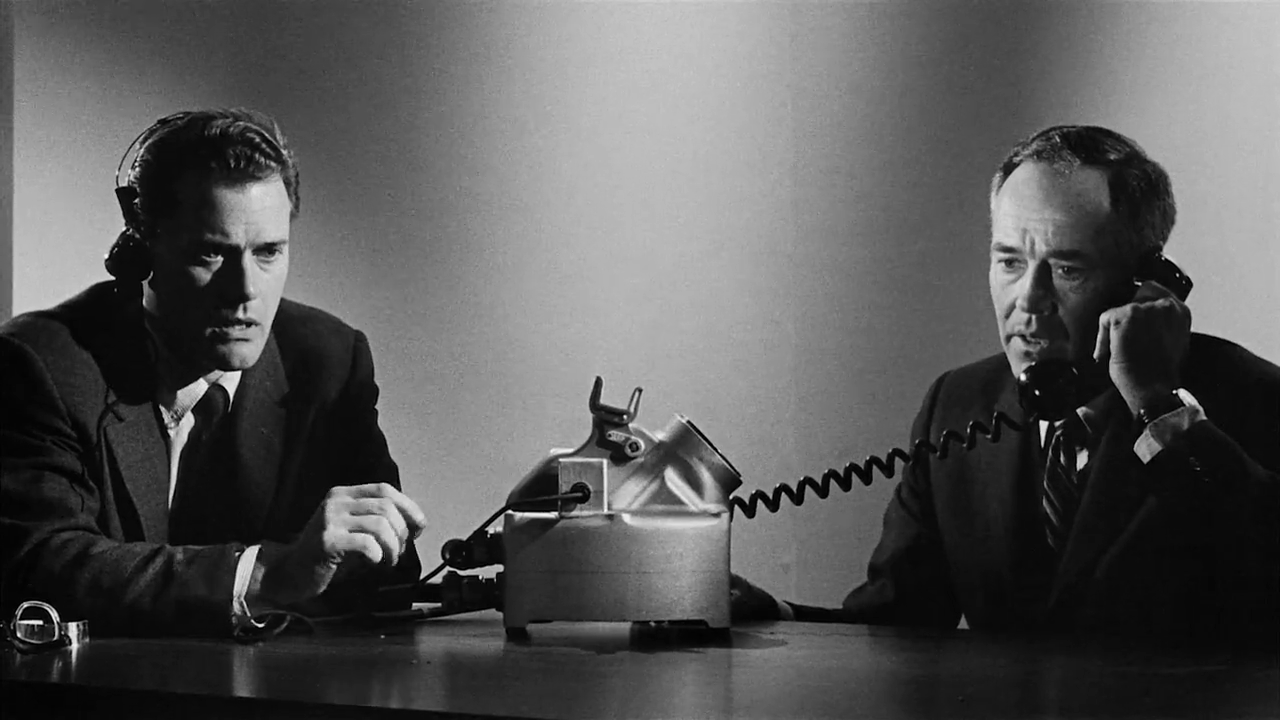
But it’s the amazing twist that the film takes with a subtle heartbreaking almost underplayed moment from Fonda as he offers the Russians the deal that to avoid war he vows that efforts to bring the planes down fails and Moscow is destroyed he will order a nuclear strike on New York. It’s a shocking moment that avoids melodrama (even as we later learn he is well aware the first lady is visiting New York on that day) and as Fonda states he would hope the offer alone would be enough to satisfy the Russians, it’s clear he will be forced to go though with the deal.
Fail Safe is chilling in it’s realism, and coming on the heels of the Cuban Missile crisis was timely ans should have being assured of the finding it’s way into the public’s confidence. Unfortunately the film came out about ten months after the very similar in plot Dr Strangelove. Both films were made by the same studio and watching them now you’d be forgiven for thinking Stanley Kubrick’s Dr Strangelove a spoof of the serious Fail Safe. As it was Fail Safe was overshadowed by Strangelove’s satire and what would become iconic and more colourful characters.
Fail Safe was reenacted in 2000, virtually shot for shot in a live broadcast on CBS with Richard Dreyfus as the President, Noah Wyle as the translator and George Clooney as the pilot. While an interesting remake it lacks the atmosphere of the original and can’t help but throw in a few liberties along the way (the final scene in the TV version shows a child in New York running into the arms of her mother as the bombs hit while the film shows a powerful flash montage of stills depicting everyday life in the city), the black and white especially has a fake look to it.
Fail Safe is a cold war classic and in a day when technology seems to be slipping out of our control has probably and unexpected resonance today.
Spirited Away (2001)
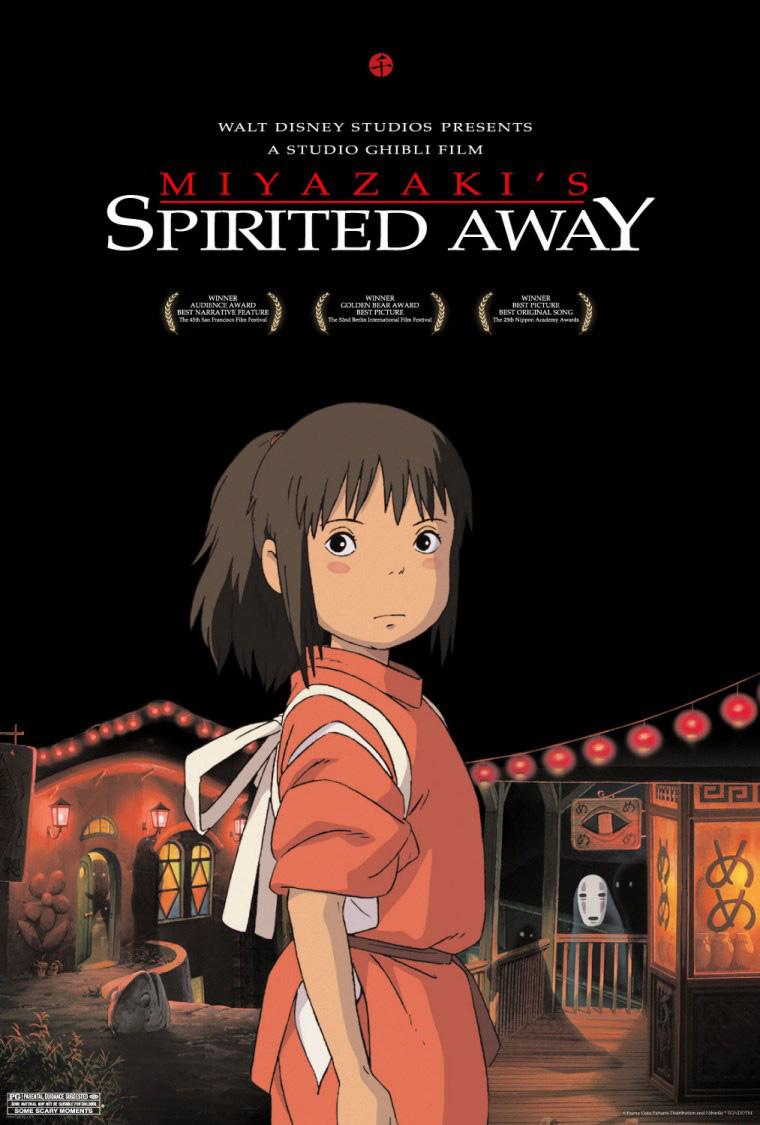
“What the chuff is this?” is what went through my mind when I saw the cover of the DVD that a friend had lent me. When she had promised me the greatest anime of all time my prejudice of what Japanese Anime was had led me to expect something massively violent and full of sex, no doubt with a cyber punk cool vibe to it. Spirited Away looked more like a Disney film, which while not a bad thing is not quite what I was expecting. However the name of the writer and director Hayao Miyazaki is one I’d heard of as being a legend in Japanese cinema and not to be rude to my friend I gave it a go.
So glad was I that I did as Spirited Away proved to be one of the most enchanting films I have ever seen. It’s stunningly beautiful, animated like a glorious fairytale with just a hint of the surreal and imaginative fantasy land of Alice in Wonderland. We see a young girl called Chihiro travelling with her parents to start a new life. While taking a break at a remote restaurant they accidentally cross over into a strange fantasyland and become trapped with her parents turning into pigs while they greedily eat.
Chihiro seeks shelter at a bathhouse run by the sinister witch like Yubaba who intends to enslave the young girl by making her forget her past. Chihiro forges an alliance with a number of strange characters including a Dragon, a ghost and Yubaba’s twin sister to find the keys to escaping the world and restoring her parents back to normal.
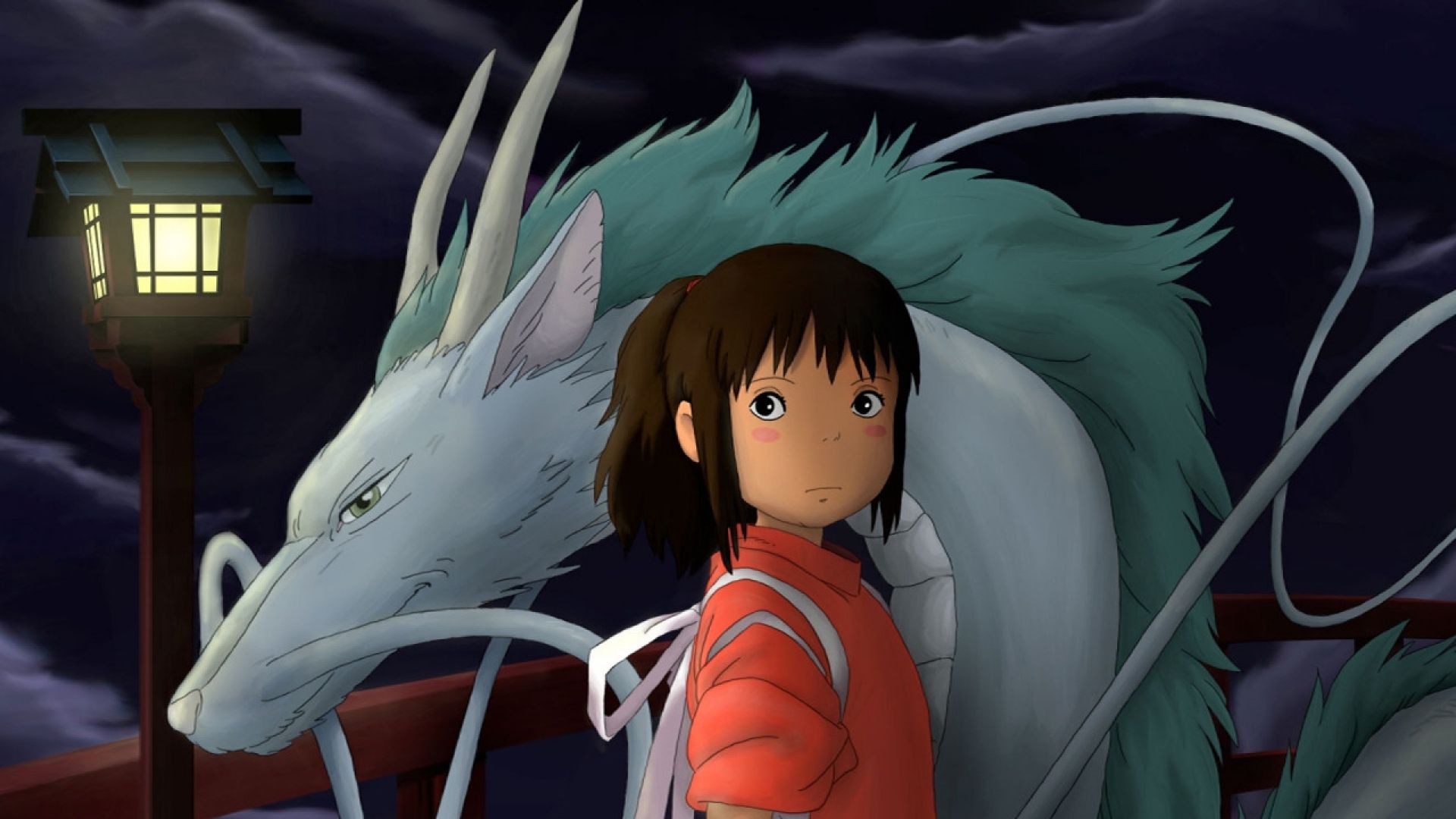
To go into too much detail into the story would ultimately do it a disservice (imagine describing Wizard of OZ to someone who had never seen it) and a lot of the enjoyment of Spirited Away is in immersing yourself in the beauty of this magical world, it’s colourful inhabitants and its majestic scenery. It also has a wonderful innocence about it, with the use of computers kept in the background and the hand drawn artwork taking centre stage.
Spirited Away has wowed audiences and critics everywhere, collecting awards throughout the early 2000s, naturally bagging the best animated film at the Oscars. It’s also claimed a permanent spot on “best of” lists, particularly when it comes to animated and children’s movies. It has become the biggest box office film in Japan’s history.
Spirited Away is constantly referred to as one of the ten movies all children should see, and rightly so. It is a must see for families and while I honestly think films should be watched in their original language (as should this one) anyone who baulks at horror of horrors having to read subtitles, I will say that the English dubbed version is actually really good (as with many of Miyazaki’s releases in the West) so if that’s what it takes for people to experience this masterpiece then Dazza forgives you just this once.

Harry Brown (2009)
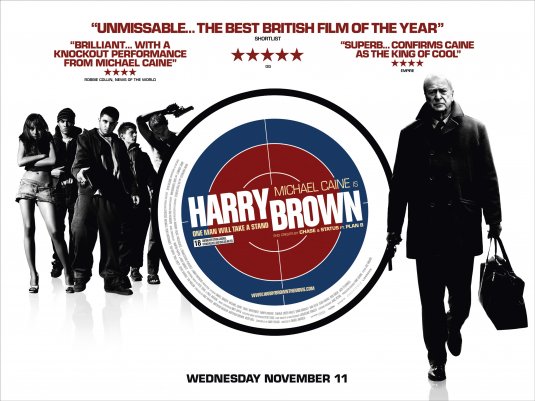
I always find it interesting when I go the cinema how certain films attract a noticeable audience you don’t regularly see. A teen film like Fault in Our Stars will naturally attract groups of young girls, a film about the life of Liberace I noticed had lots of old granny types. And while I would never go and see a fifty shades movie, when those films are showing I’ve noticed groups of rough looking women coming out screens laughing and coming out with such classics as”Eh, do you think our Barry ill be up for that Kinky Fucking when I get ome?”
My favourite example of this was went I went to see Harry Brown in 2009 and noticed a larger than normal number of old men who’d come to see the film on their own. An occurrence that I found quote touching and apt considering the film’s story.
Harry Brown is an old man living in a rough area, where crime and drugs are rife and gangs of youths are out of control terrorising the streets. When Harry’s best friend is murdered in a confrontation with a gang Harry loses all confidence in the law and the police and begins to take matters into his own hands. After stabbing to death a youth that tries to mug him, Harry manages to obtain a gun from a drug dealer ( who he then kills and destroys his operation and in doing so rescues a girl who was being abused) and begins to track down the members of the gang responsible in true vigilante fashion.
One thing elevates this film above being an updated British 20th Century version of Death Wish. And that is Michael Fucking Caine. Michael Caine is a Goddamn British treasure. He may not be the most classically proficient actor to come from Britain (although he’s never got his full credit of his ability) but he has always had an undeniable screen presence and charisma. Here in a real kick ass role nearing the end of his 70’s is proof the man has aged like wine and brings class, dignity and sympathy to a film that without him could be entirely forgettable.
Harry Brown is a massively exploitative movie. From the opening scene that shows a home made film of youths on a motorbike indiscriminately riding though a park and shooting and killing a woman pushing a pram, it’s clear all young people from housing estates are going to be portrayed as violent, lawless thugs. The police are a mixture of incompetence and being shackled by the bureaucracy of the law. There is heavy symbolism of the elderly being forgotten by society, with Harry and his friend living a lonely existence their local pub now a den for dealers and when Harry’s friend uses a bayonet to confront the youth’s harassing him it’s a reminder that the sacrifices his generation made have been dismissed by an uncaring youth.

It’s a very heavy handed film and opinions particularly in newspapers were divided on very political grounds. Right wing papers loved the film as a sort of wake up call to the lawlessness of thugs running rampant in inner cities. The more liberal media trounced the film for it’s disturbing politics, lack of social commentary insight and heavy sterotypes.
Me personally, I loved the movie and there was a real cathartic pleasure in Michael Caine getting revenge on the yobs that had made his life hell and giving them a right royal kicking. Caine was just splendid as Harry Brown absolutely killing it in the role and he invoked that Grandad sympathy that really had me rooting for him. Politics, Bollocktics, as vigilante films go this is a gem of British movies.
And I think the old blokes in the audience loved it too.

Michael Caine will return in further instalments of Couch Zone Movie Club.
In the next instalment of Couch Zone Movie Club we will see a film when the leading lady gives a blowjob to earn money to buy a baby a bulletproof jacket, a Hollywood classic that inspired ShowGirls, Chow Yun Fat fires two guns at the same time and the greatest Sci Fi movie that didn’t feature R2 D2 or Khan.
Til Then
Dazza

